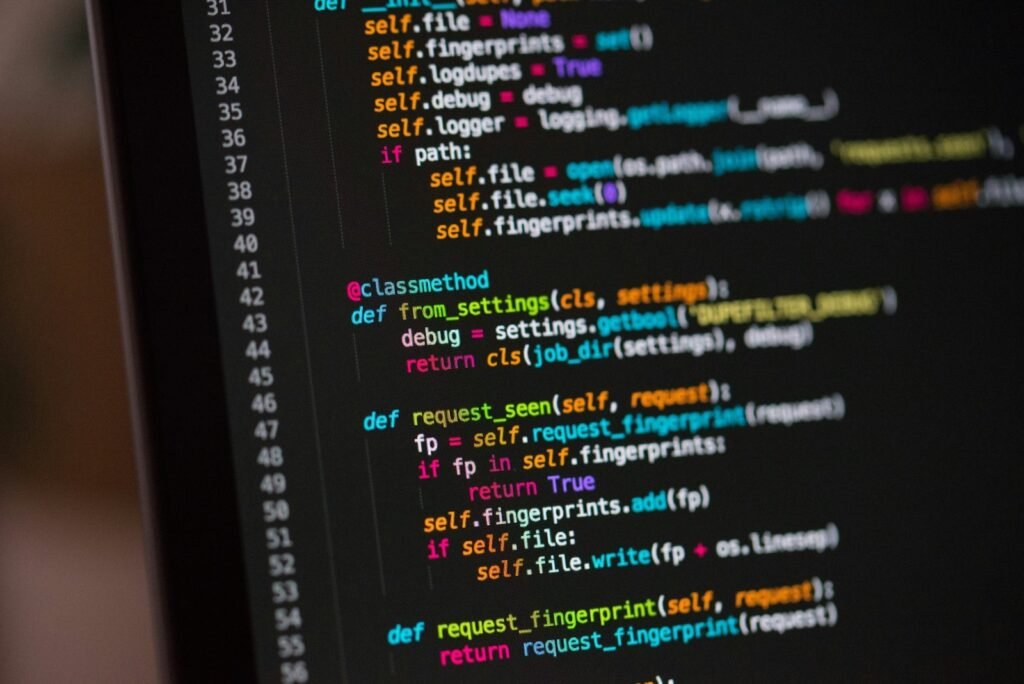Recently, ChatGPT unveiled a new feature called Canvas, providing a whole new dynamic through which users can now interact with AI. This new collaboration feature increases the interactivity of editing and refining text and code and makes tasks that were previously inaccessible become manageable. Let’s get into the nitty-gritty of how Canvas works, then write about its impact on the users, especially with regards to writing and coding.

What is Canvas?
Canvas might nearly be considered as a shared workspace of chats in the system of ChatGPT. In contrast to an interaction that can only be engaged with one chat, with Canvas, a new window is opened where the user can easily make edits, request updates, and then implement changes on text or code. It’s designed for efficiency especially in editing purposes so that changing an output does not have to begin from scratch.
Accessing Canvas
Access to all ChatGPT users, including but not limited to those with pro and enterprise accounts, will be offered with access to Canvas. So you don’t have to wait until later updates; you can just dive right in and start playing with the feature, should it emerge from beta. Once it does, it’ll be rolled out to free users as well and its use will be even more ubiquitous.
Main Use Cases for Canvas
The main focus of the Canvas on two main areas: writing and coding. Each of these areas has specific applications that help the user have a better experience.
Writing with Canvas
Canvas becomes a super amazing tool for suggesting just the right edit, shortening the content if it is too long, adding optional explanations in the form of audio clips, putting in emojis wherever the students see fit, etc., Scores of teachers, students, and administrators indicated that they often need to tweak their human-Machine collaboration to make it both useful and versatile. If you are finding it difficult to have your writing polished, for example, you can try out the ChatGPT software, which can e.g. add bright details or transform the tone so as to make it appealing for a different audience.

Coding with Canvas
Canvas helps coders to do several things through its functions such as code review, comment addition, bug fixing, and programming language porting. For example, if a programmer is familiar with third-party tools and is using ports, they can quickly become experts at coding for Pharo or Scala, among others. The automatic block feature gives you a chance as a participant to give people a kind of review with a blocker or any other signal if you have a more subtle idea to express.

How Canvas Works
Using Canvas is straightforward. When you input a prompt, a separate editor window opens, allowing you to see and manipulate the content clearly. For example, if you are working on a game like Snake, you can easily highlight parts of the code and request specific changes. The AI responds by making the requested edits while keeping the rest of the code intact.
Editing Code Efficiently
Canvas’s capability to adapt pieces of code without breaking anything is one of the remarkable things about it. The instance, that is, let’s say a user is changing primary colors the game uses just go to a specific part of the code and ask ChatGPT to make the necessary changes. The software will take care of only the parts that you have identified without modifying the rest of the elements of your code.

Addressing Platform Risk
Even though Canvas is promising new possibilities, its cloud-based technology does impose a certain level of risk for developers that are closely intertwined with OpenAI’s infrastructure. Along with the continuous improvement of OpenAI products, there might be situations where businesses are engaged in open competition with the products of OpenAI. This change can lead to a situation of uncertainty for those whose businesses are highly linked to the platform.

Testing Canvas Features
So, you are interested in knowing how to code basics through Canvas. For example, you would like to make a game that is not really complex. You can write the game logic in the Canvas, and if you feel the need to correct a bug or add a feature, you can do so directly in the editor. You know, it is like, if the movement direction of the character is not correct in your game, you can simply mark out the wrong piece of code and then any other task can ChatGPT. to improve it.
Iterative Improvements
Canvas is an ongoing and iterative process to programming. In the event you request a bug fix, the AI may fix not just the specific issue but can also recommend wider upgrades to the code. This may include new features you don’t really expect, and thus it might take the form of a completely different product.

Creative Writing with Canvas
To put it plainly, canvas is the second form of writing in programming and it is very good for creative writing. Customers are able to nominate the type of writing they would like whether it is a story, a poem, or an essay. From there, they can then edit the material using the numerous modification features provided in Canvas. For instance, if you receive a draft story, you can ask the AI
Adjusting Tone and Style
Canvas is a useful feature for writing how the writer can change the tone or complexity of the text. You can ask the AI to rewrite a passage for a kindergarten audience or elevate it to a graduate-level discourse. This adaptability makes Canvas a versatile tool for educators, writers, and content creators.

Final Thoughts on Canvas
The introduction of the Canvas feature in ChatGPT epitomizes a revolutionary transition in the way the users can communicate with the AI. It optimizes the content creation process by allowing co-editing in both text and coding, thus increasing efficiency and innovation. Nevertheless, the consequences of the platform risk must not be neglected, as they could be the ones to provide the direction for future AI development.
It’ll be great to see how competition between Canvas and other AI tools in the market goes on alongside how developers fit into these changes. For now, the user can start exploring the many functionalities of Canvas, thus becoming a valuable addition to their digital toolkit.

